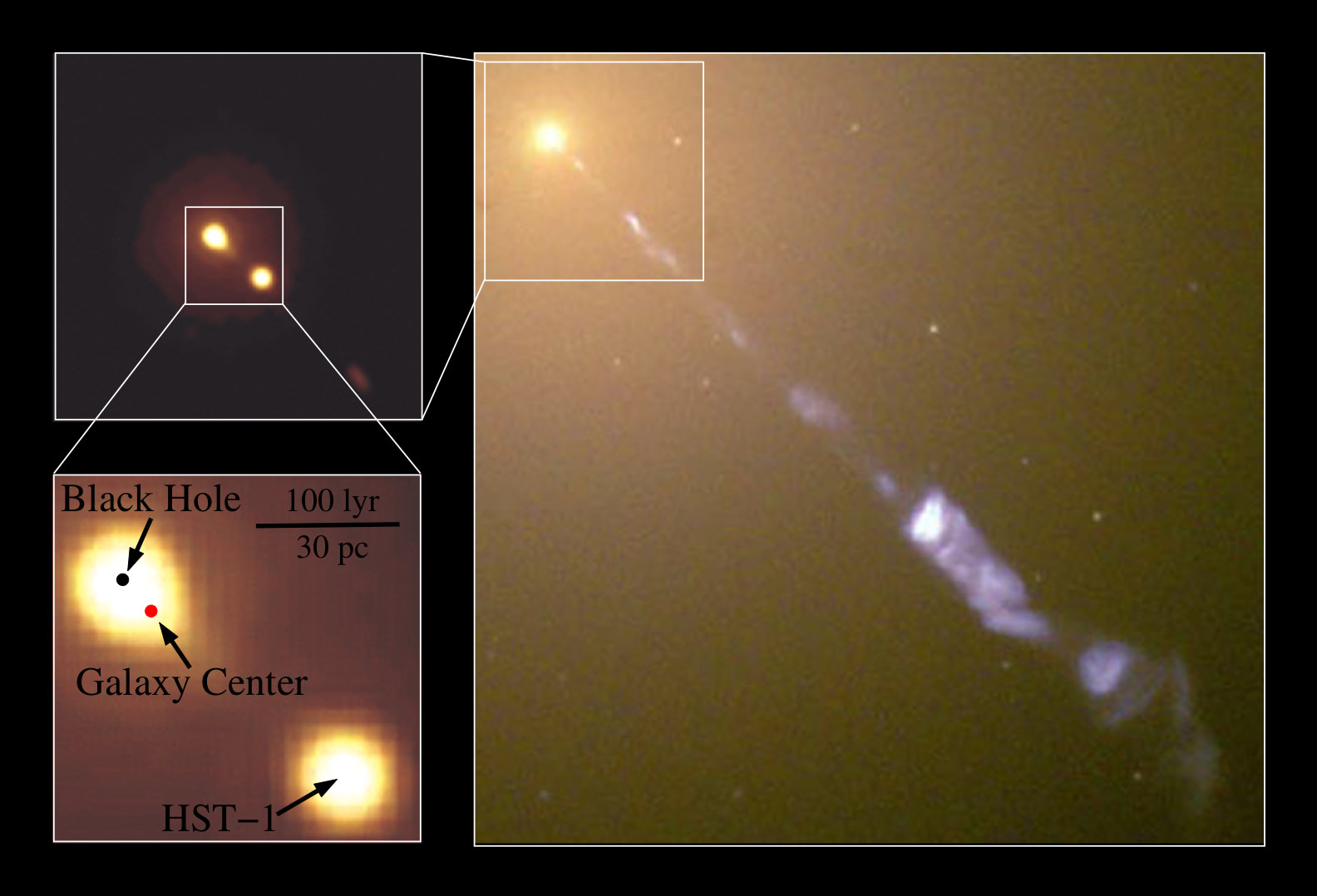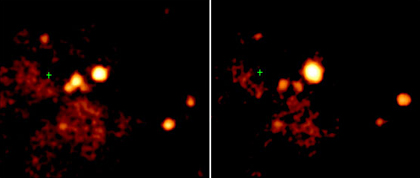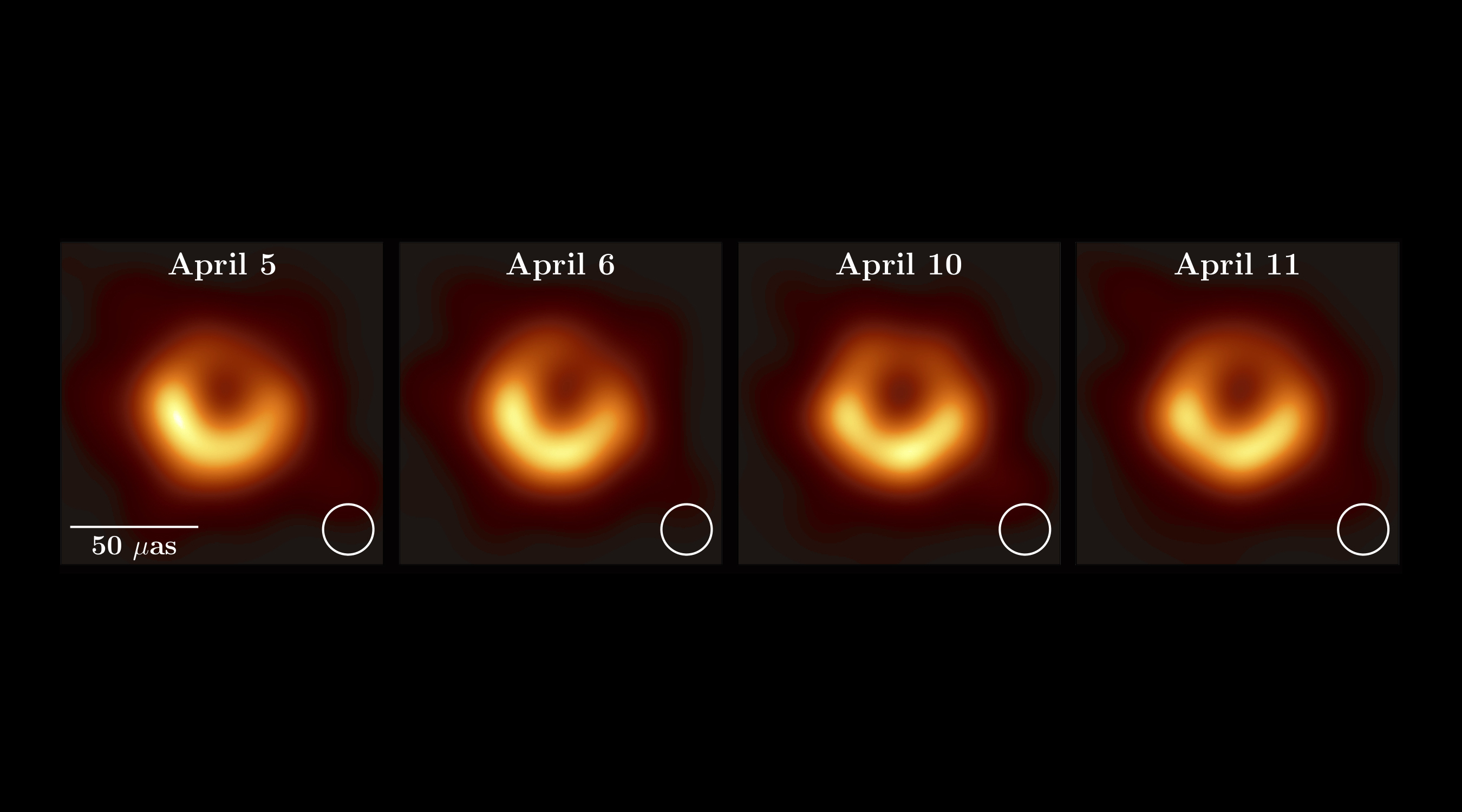


“We only had EHT before in order to probe the very vicinity of the black hole… Now, we obtained another tool,” says Asada. How exactly matter behaves close to a black hole, including how these extraordinary jets are launched, has been a major question in astrophysics for decades. Those two phenomena may be related, but it will take more observations and simulations to be sure. Simulations of the system showed two surprises: the jet’s base is wider than anticipated on the basis of previous models of black hole jets, and the accretion flow seems to be powering an unexpectedly strong wind. Instead, the image showed the black hole’s silhouette, the accretion flow and the jet emerging from the system.

They spotted a similar doughnut shape, but it was about 50 per cent thicker than the one seen by the EHT. Now, another team of researchers has employed a network of 10 radio telescopes to take another image, using a longer wavelength of radio emissions. Catching its shadow involved eight ground-based radio telescopes around the globe, operating together as if they were one. This black hole is 6.5 billion times the mass of the Sun. In 2017, the eight telescopes of the Event Horizon Telescope (EHT) took the first image of M87*, a fuzzy-looking doughnut shape showing the silhouette of the black hole against a background of glowing matter falling into it in what is called an accretion flow. An image of the supermassive black hole in the galaxy M87 that was originally published by the Event Horizon Telescope collaboration in 2019 (left).A new image of the black hole that was generated. They got that image first because the M87 black hole is much larger than Sagittarius A (the Milky Ways black hole) and its activity is less variable. The stunning new image shows the shadow of the supermassive black hole in the center of Messier 87 (M87), an elliptical galaxy some 55 million light-years from Earth. M87* is about 55 million light years away, and it lies at the centre of an enormous galaxy called M87. This new data will help researchers complete the picture. The black hole in question – M87* – was the first black hole to be directly imaged a few years ago. R.-S.Lu (SHAO) and E.Ros (MPIfR), S.Dagnello (NRAO/AUI/NSF)Ī new image of a supermassive black hole has revealed more of the disc of matter falling into it and the powerful winds created by that process. M87* swallowing matter and shooting out a jet


 0 kommentar(er)
0 kommentar(er)
